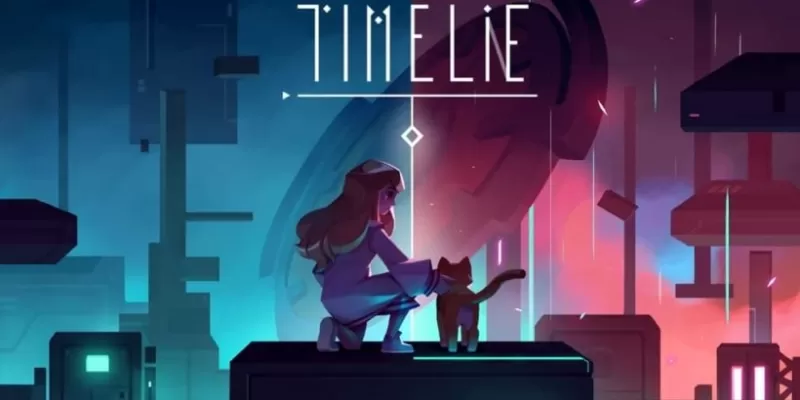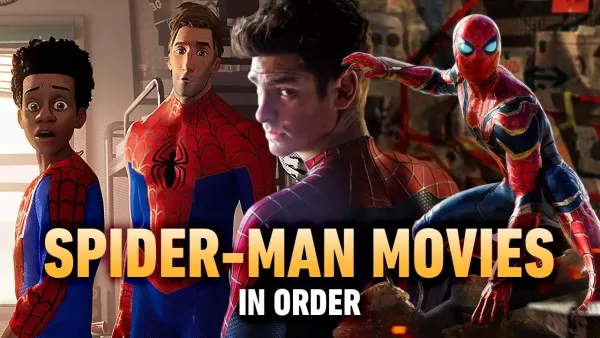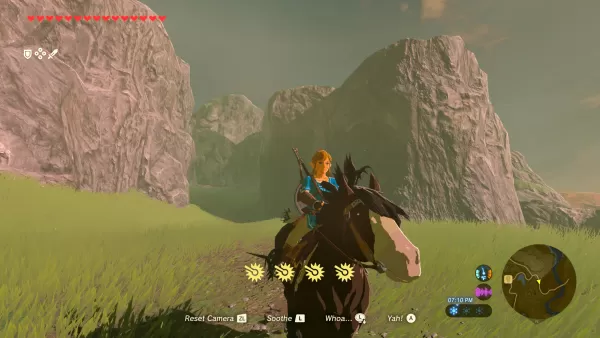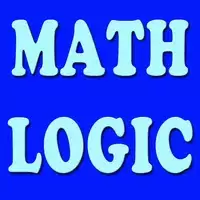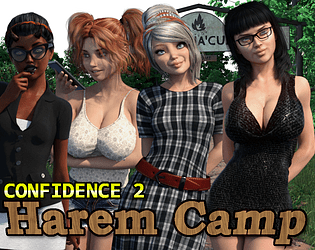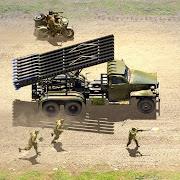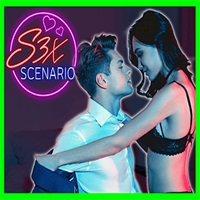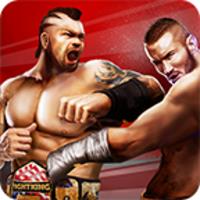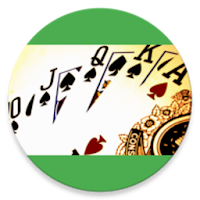Monster Hunter Wilds marks a significant evolution in the Monster Hunter series, introducing a range of new features and quality-of-life enhancements. Interestingly, the seeds for these innovations were planted during the crossover events of Monster Hunter World. Specifically, the game's development was influenced by insights from Naoki Yoshida, the director of Final Fantasy 14, and the enthusiastic response to the The Witcher 3 crossover.
During the collaboration with Final Fantasy 14 for Monster Hunter: World, Yoshida suggested to Monster Hunter Wilds Director Yuya Tokuda that displaying attack names on screen as players execute them would enhance the gaming experience. This feedback led to the introduction of a new heads-up display (HUD) feature in Monster Hunter Wilds. A precursor to this feature was seen in the 2018 FFXIV crossover event, where players encountered the challenging Behemoth fight, and text appeared on screen to denote its attacks. Additionally, the Jump emote, inspired by Final Fantasy's Dragoon, displayed text when used, hinting at the future HUD changes.
The positive reception to The Witcher 3 crossover in Monster Hunter: World also played a pivotal role. Players' appreciation for the dialogue options and the speaking protagonist, Geralt of Rivia, directly influenced Monster Hunter Wilds. Tokuda noted that the team viewed the crossover as a test to gauge player reactions to more interactive dialogue, leading to the inclusion of a voiced protagonist and expanded dialogue options in Monster Hunter Wilds.
How Final Fantasy XIV’s Director Influenced Monster Hunter Wilds
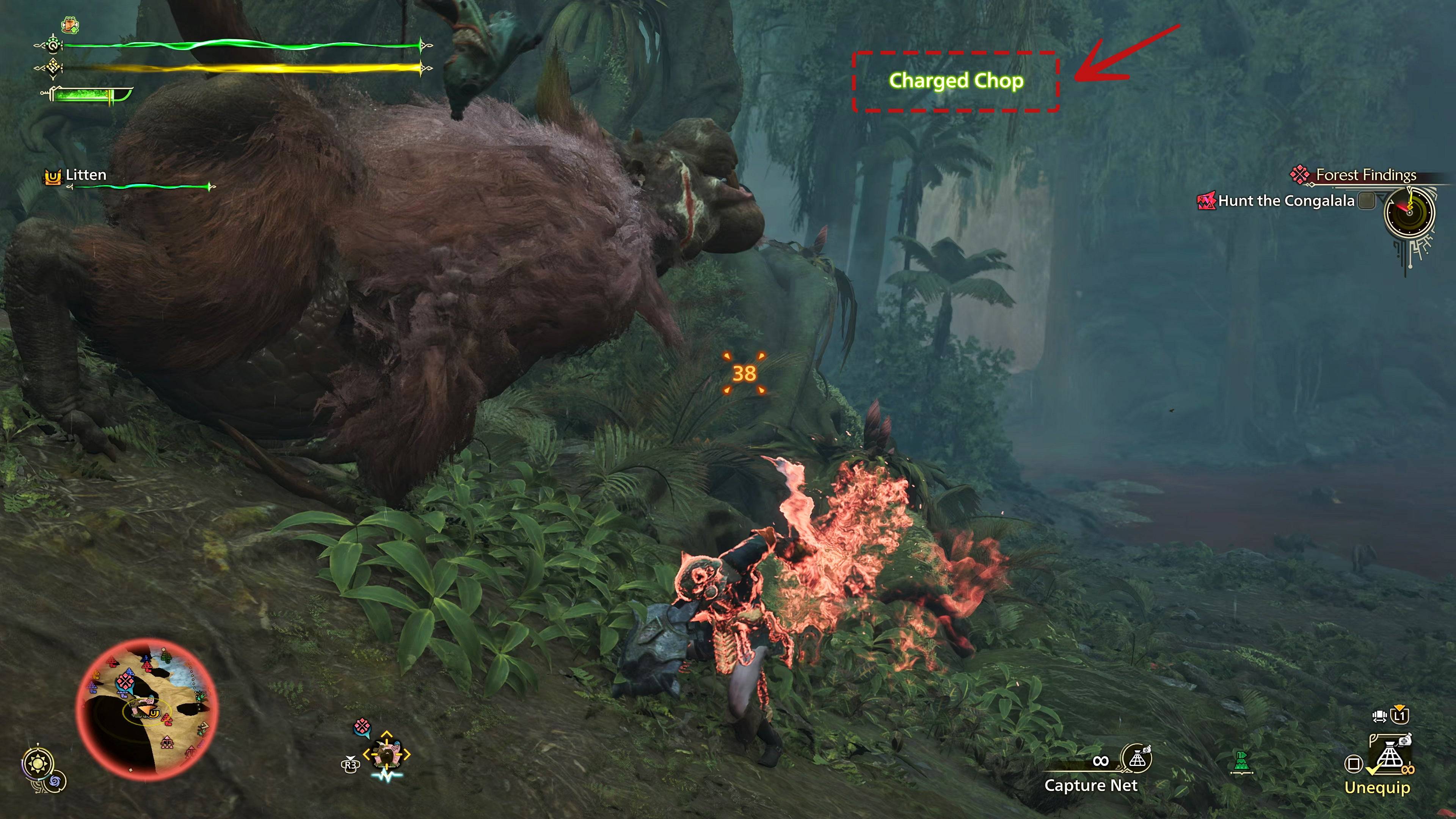
The collaboration between Monster Hunter: World and Final Fantasy XIV was a landmark event, featuring unique elements such as catchable Cactuars and a giant Kulu-Ya-Ku with a crystal, set to Chocobo music. The collaboration introduced the Drachen armor and the challenging Behemoth fight, where players could see the boss's moves displayed on screen, a feature that inspired the new HUD in Monster Hunter Wilds.
After defeating Behemoth, players could unlock the Jump emote, reminiscent of Final Fantasy's Dragoon, which displayed text on screen when used, marking an early experiment with on-screen attack names.
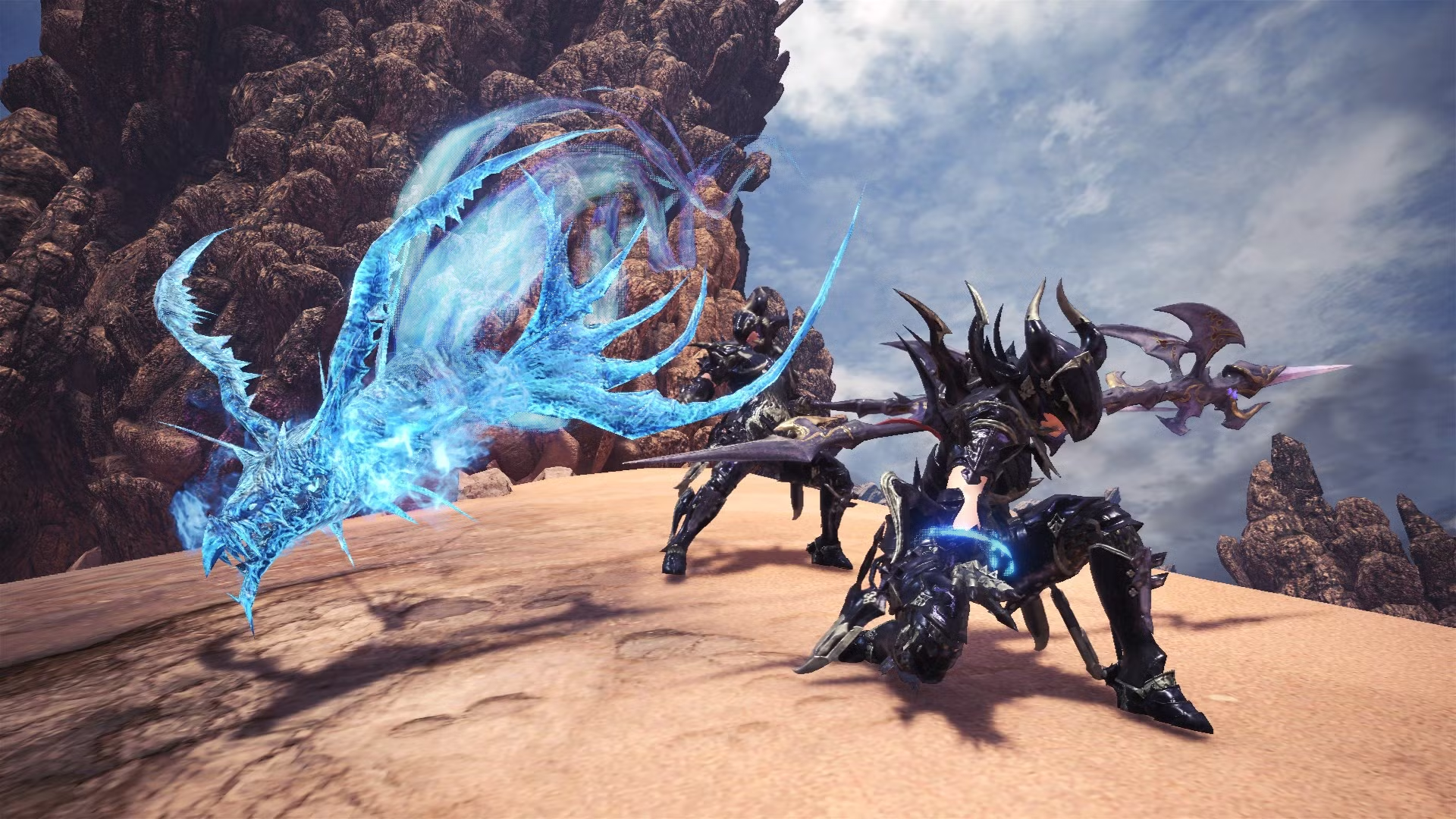
The image above showcases the Drachen armor set, Gae Bolg Insect Glaive, and Dragon Soul Kinsect, all part of the FFXIV collaboration in Monster Hunter World, courtesy of Capcom.
How The Witcher 3 Influenced Monster Hunter Wilds
The influence of The Witcher 3 on Monster Hunter Wilds was equally significant. Tokuda was inspired by the positive feedback on the crossover, where players controlled Geralt of Rivia and engaged in dialogue with other characters. This led to the decision to incorporate a voiced protagonist and more dialogue options in Monster Hunter Wilds, enhancing player interaction and immersion.
In Monster Hunter Wilds, players can now initiate conversations with NPCs, such as Alma, as seen in the image below, creating a more engaging and dynamic world.
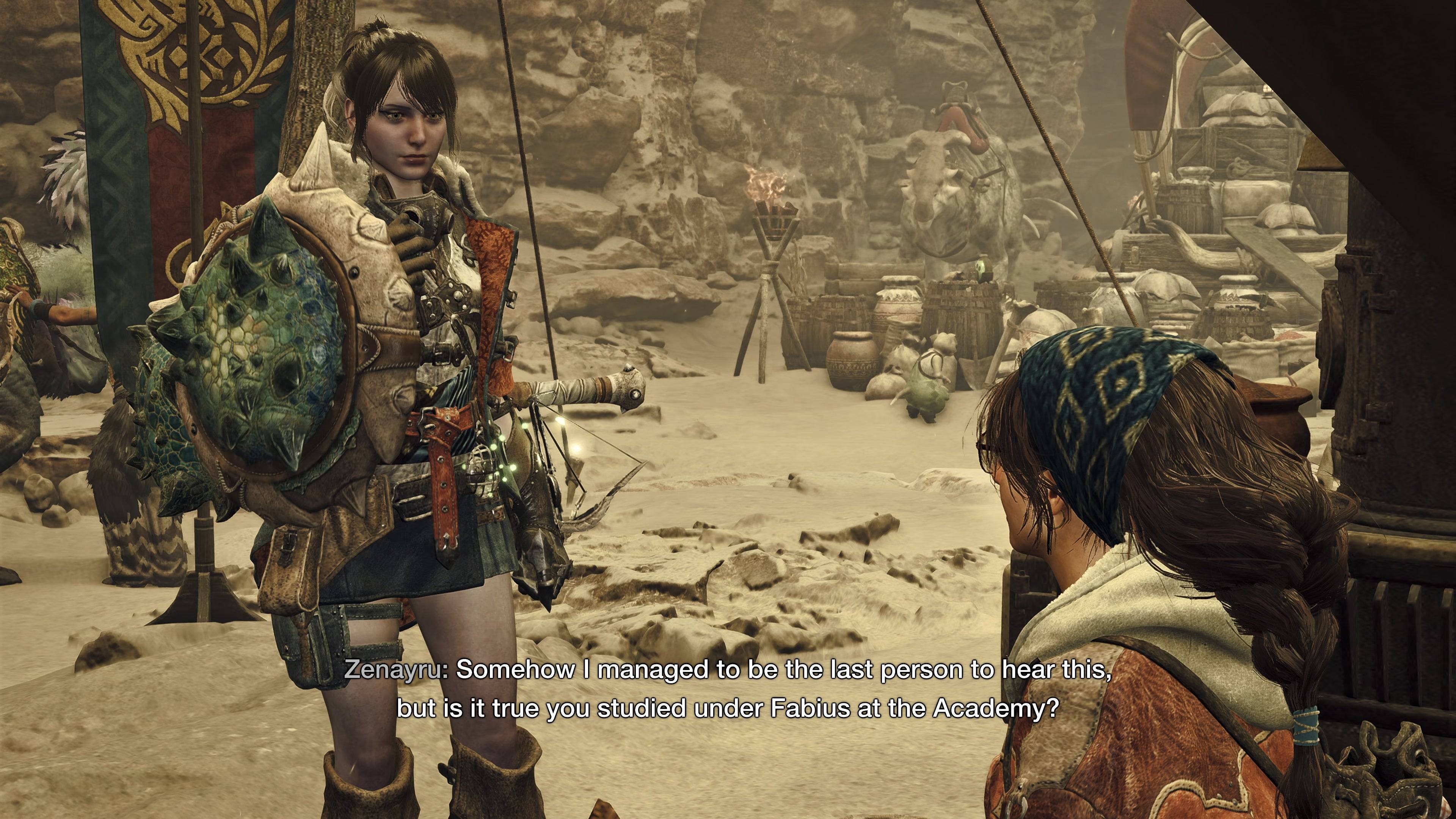
Although Monster Hunter Wilds was not in active development during the World collaborations, Tokuda was already envisioning future possibilities. His proactive approach led to the successful inclusion of The Witcher 3 crossover, which he pursued directly with the CD Projekt Red team.
These insights were shared during an exclusive visit to Capcom's Japan offices as part of IGN First, where more details on Monster Hunter Wilds were unveiled, including new gameplay features and interviews. Don't miss out on the full hands-on preview and exclusive content from January's Monster Hunter Wilds IGN First:
- Behind Monster Hunter Wilds' New Approach to Starting Weapons and Hope Series Gear
- Monster Hunter Wilds Interview and Gameplay: Meet Nu Udra, Apex of the Oilwell Basin
- Evolving Monster Hunter: How Capcom’s Belief in the Series Made it a Worldwide Hit
- Monster Hunter Wilds: Gravios Returns in This Exclusive Gameplay

